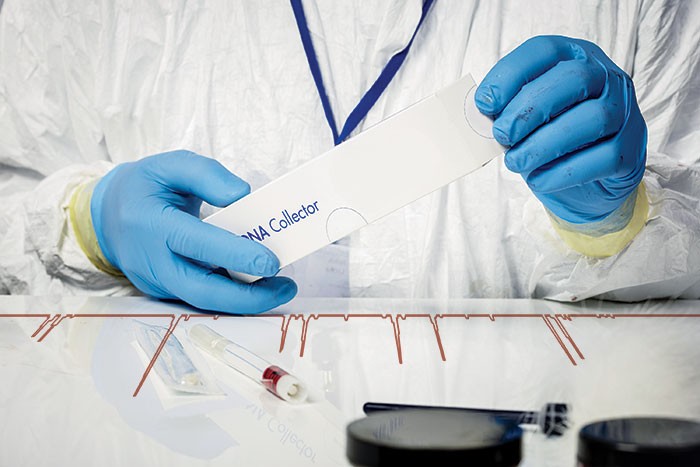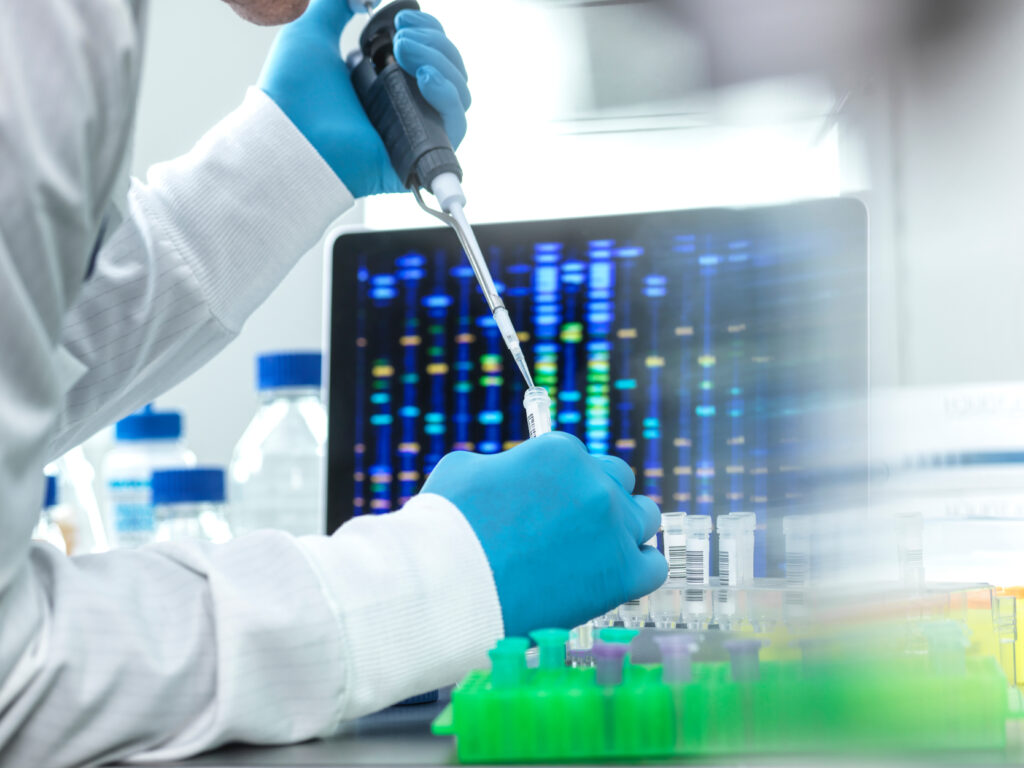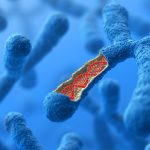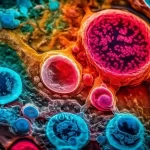Biotechnology has transformed modern forensic science, providing powerful tools that help law enforcement solve crimes with higher accuracy than ever before. One of the most significant advancements in this field is DNA analysis, a method that enables forensic scientists to link biological evidence to suspects with high precision. From identifying suspects to exonerating the innocent, DNA analysis is a game-changer in criminal justice. This article delves into the role of biotechnology in forensics, exploring how DNA analysis works, its applications in solving crimes, and the ethical considerations surrounding its use.
How DNA Analysis Works
DNA, or deoxyribonucleic acid, is the hereditary material in humans and almost all other organisms. Each individual’s DNA is unique (except in identical twins), making it a powerful identifier in forensic investigations. DNA analysis in forensics typically involves several key steps:
- Collection: Biological samples (e.g., blood, saliva, hair) are collected from crime scenes.
- Extraction: DNA is isolated from cells within the sample.
- Amplification: Using a process called Polymerase Chain Reaction (PCR), small DNA samples are copied to generate enough material for analysis.
- Analysis: Short Tandem Repeats (STRs), which are specific repeating segments in DNA, are examined. STR patterns vary significantly between individuals, allowing forensic experts to distinguish one person’s DNA from another.
- Comparison: The STR profile from the crime scene sample is compared to DNA from suspects or databases to look for matches.
This process allows forensic scientists to create a genetic fingerprint unique to the individual, making DNA analysis one of the most accurate tools for criminal investigations.
Applications of DNA Analysis in Solving Crimes
The applications of DNA analysis in solving crimes are broad and impactful. Some of the primary uses include:

1. Identifying Suspects
By analyzing DNA found at a crime scene, forensic experts can compare it with the DNA profiles of known individuals, such as suspects or those in criminal databases. If a match is found, it provides substantial evidence linking the individual to the crime. This is particularly useful in cases of violent crimes like assault and homicide, where biological evidence is often left behind.
2. Exonerating the Innocent
DNA analysis has not only helped convict the guilty but has also played a vital role in exonerating individuals wrongfully convicted. Organizations like The Innocence Project have used DNA evidence to overturn numerous wrongful convictions, ensuring justice is served for those wrongly accused. This application highlights the importance of DNA in promoting fairness in the criminal justice system.
3. Cold Case Resolution
Many unsolved cases, or “cold cases,” have been revisited thanks to advances in DNA technology. Even small traces of biological evidence collected from crime scenes years ago can now be analyzed with modern techniques. With enhanced sensitivity, today’s DNA analysis methods can yield results from samples that were previously considered unusable, helping solve cases that have remained mysteries for decades.
4. Identifying Human Remains
In situations where unidentified human remains are found, DNA analysis allows forensic scientists to match the remains with family members. This application is crucial in cases involving mass disasters, missing persons, and unidentified bodies. By comparing the DNA of the remains with known relatives, forensic experts can confirm identities and bring closure to families.
5. Linking Multiple Crime Scenes
DNA found at different crime scenes can be compared to see if the same individual may be involved in multiple cases. This application of DNA analysis helps law enforcement connect different crimes, allowing them to investigate patterns and potentially apprehend serial offenders.
Advances in Forensic DNA Analysis
Biotechnology has driven numerous innovations in DNA analysis, improving speed, accuracy, and accessibility. Some of these advancements include:
- Next-Generation Sequencing (NGS): NGS technology allows forensic scientists to sequence entire genomes rapidly, providing more detailed information than traditional STR analysis. NGS can identify familial relationships and even specific traits, aiding in cases where traditional DNA profiling may fall short.
- Rapid DNA Testing: Portable devices now enable rapid DNA testing, which can provide results within hours. This is beneficial in scenarios where timely DNA results are critical, such as identifying disaster victims or verifying a suspect’s identity on the spot.
- Touch DNA: Even the smallest skin cells left behind from a touch can be analyzed. Touch DNA allows forensic experts to obtain DNA profiles from objects that a suspect might have touched, like door handles or clothing, broadening the scope of biological evidence that can be analyzed.
Ethical and Legal Considerations in DNA Forensics
While DNA analysis has revolutionized forensics, it also raises ethical and legal questions. Some of these include:
- Privacy Concerns: The collection and storage of DNA in databases can lead to potential misuse or breaches of privacy. There is ongoing debate about the scope of DNA databases, especially concerning individuals who have not been convicted of crimes.
- Familial Searching: In some cases, if no direct match is found, law enforcement may use familial searching to identify relatives of potential suspects. While this can be helpful, it raises ethical concerns about involving innocent family members in criminal investigations.
- Racial and Social Bias: DNA databases may unintentionally amplify existing social biases, especially if certain demographics are overrepresented in the database. Efforts are being made to ensure that DNA evidence is used equitably across all segments of society.
Conclusion
Biotechnology, particularly DNA analysis, has become an indispensable tool in modern forensic science. By providing highly accurate identification, it assists law enforcement agencies in solving crimes, exonerating the innocent, and bringing closure to families. As DNA analysis technology advances, it will continue to reshape the landscape of criminal justice, making it more efficient and just. However, it is essential to approach these advancements with caution, addressing ethical concerns to ensure that DNA evidence is used responsibly and equitably.


